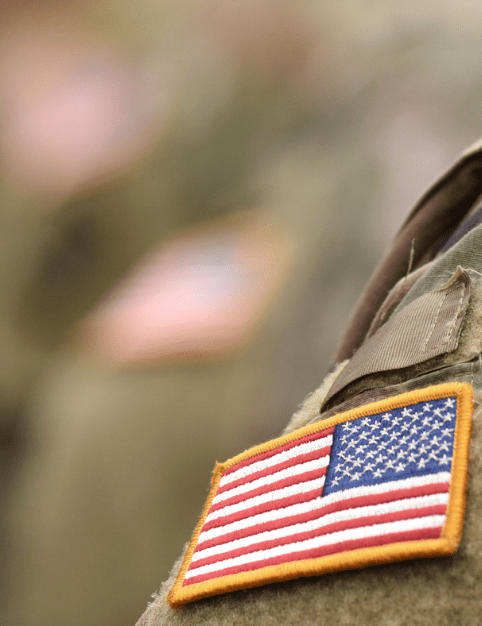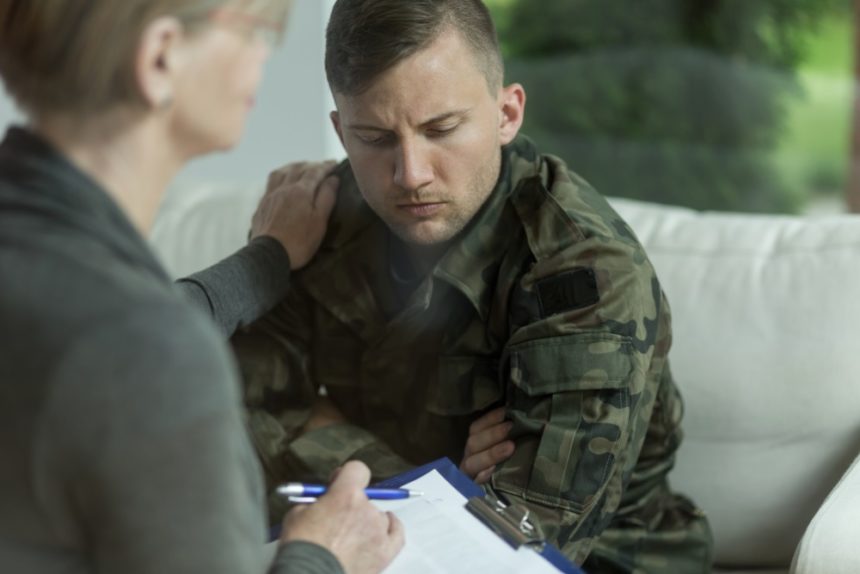Table Of Contents
Veterans advocates have long criticized the Court of Appeals for Veterans Claims (CAVC) for remanding claims back to VA in cases where the evidence is one-sided. These advocates have argued that the Court should simply reverse VA’s decision and order VA to pay the veteran benefits. Sending the case back to VA, they argue, simply adds needless delay to the already painfully slow VA adjudication process and results in nothing more than a game of ping-pong between the Court and VA.
However, the Court has consistently stressed its limited powers to play the role of a jury and actually evaluate evidence, especially where VA has not fully evaluated the evidence first. This means that, if VA simply fails to discuss a piece of relevant evidence in its decision, the Court is very likely going to send the case back to VA so that such discussion can be provided, regardless of the chances that the evidence will actually change the outcome of the case.
Does CAVC Policy Benefit Veterans?
There is no question that, from a veteran’s perspective, this policy is a double-edged sword. On one hand, the CAVC is almost never going to simply reverse the Board’s decision, even if it appears quite certain that a grant of benefits is warranted. On the other hand, there are times where the evidence that the Board overlooked is simply not all that relevant, but the resulting remand does allow the veteran to present his case again and add additional evidence that could result in a grant.
U.S. Supreme Court to Consider CAVC Policy
The U.S. Supreme Court is currently considering whether to review the issue of the Court’s fact-finding power. The veteran’s representative is essentially arguing that, where the evidence favorable to the veteran is completely one-sided (there is no conflicting evidence), it is simply a waste of time for the Court to remand the case back to VA rather than decide the claim outright.
Bottom Line
So what is the bottom line here? Well, the Court can reverse Board decisions that are “clearly erroneous,” basically meaning that there is only one reasonable way to look at the case, and the Board’s position was unreasonable. The Court has always treated this as a nearly unreachable standard. And, in most cases, there is not going to be one reasonable outcome – the evidence, particularly the medical evidence – is going to cut both ways. Most cases that reach the Court are complicated to begin with, at least evidence-wise. However, there are a few cases where everyone would be better served if the Court simply asked itself, “Does the evidence overwhelmingly weigh in favor of a grant of benefits?” And, if the answer is yes, the Court should enter a reversal.
The advocate for the veteran in the matter presently pending before the Supreme Court is absolutely correct that, where there is no evidence refuting the veteran’s claim, the Court should reverse. But this is even too high of a standard. The “clearly erroneous” standard does not put such a burden on the veteran. It implicitly provides the Court with some fact-finding power, and the Court should be more liberal in using that power.
CAVC Advocates
If you need legal help with the appeal of a VA decision — or with presenting evidence of your disability — Veterans Help Group welcomes you to contact our advocates for veterans at (855) 855-8992 or complete our free online case evaluation form. We make it our duty to explain the process and legal standards to vets and their families — and to put your appeal in the best position to succeed.

What is the VA DBQ?
What is a VA DBQ? A VA Disability Benefits Questionnaire (DBQ) is a form used to convey medical...

Why Does the VA Deny So Many Veteran Disability Claims?
There are several reasons why the VA denies so many veteran disability claims. Knowing them can help you improve your chances of being approved on your next application or appeal.

VA Medical Centers Face Record Staffing Shortages: What This Means for Veterans
VA Medical Centers Face Record Staffing Shortages: What This Means for Veterans On August 12,...





